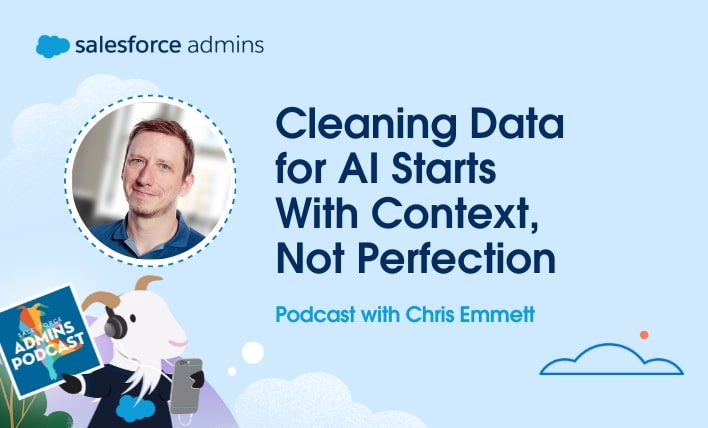Today on the Salesforce Admins Podcast, we talk to Skip Sauls, Senior Director of Product Management at Salesforce. Join us as we chat about why data is so important to reporting, what some big-data terms are, and some fun hobbies that Skip enjoys outside of building awesome products for Salesforce Admins. You should subscribe for […]






